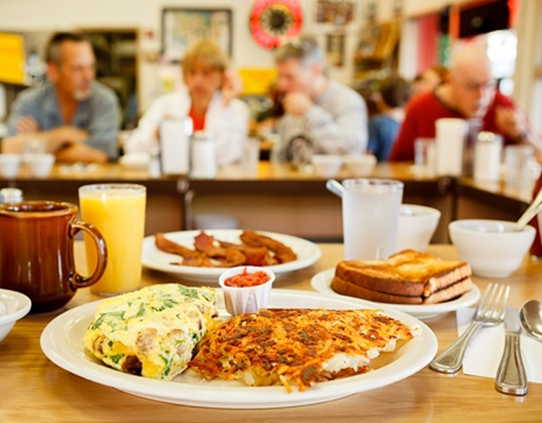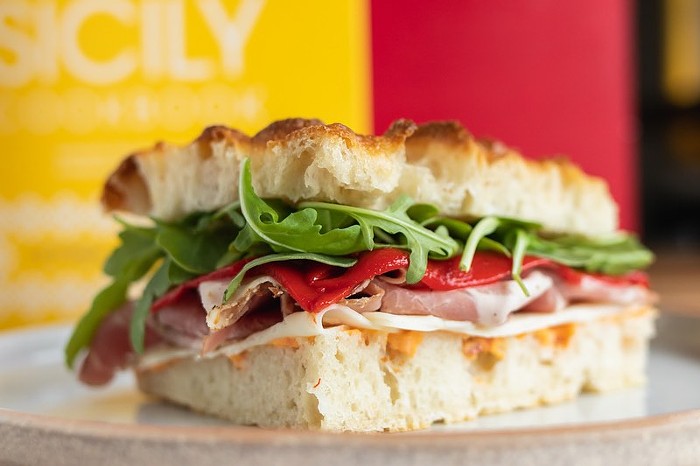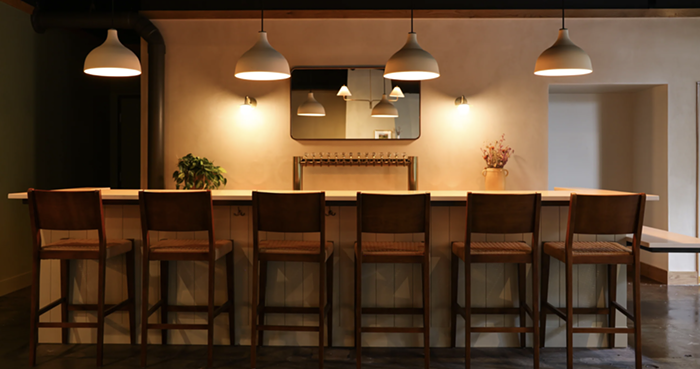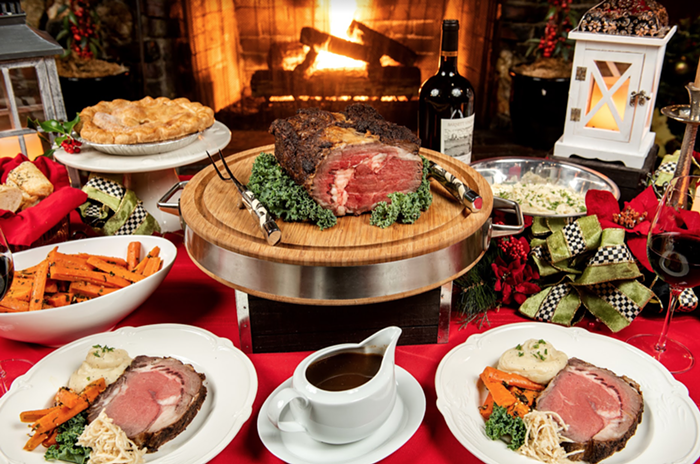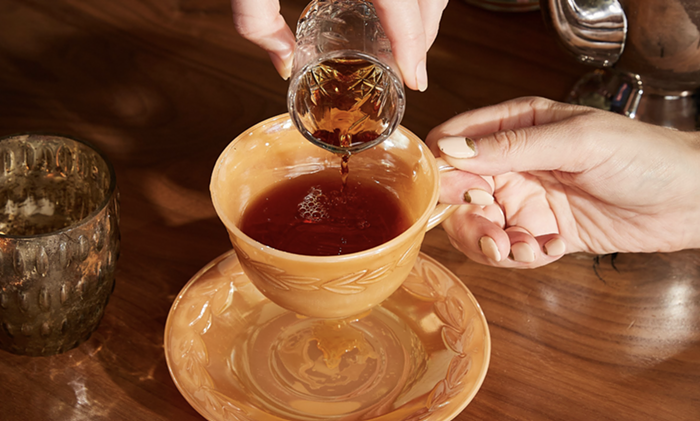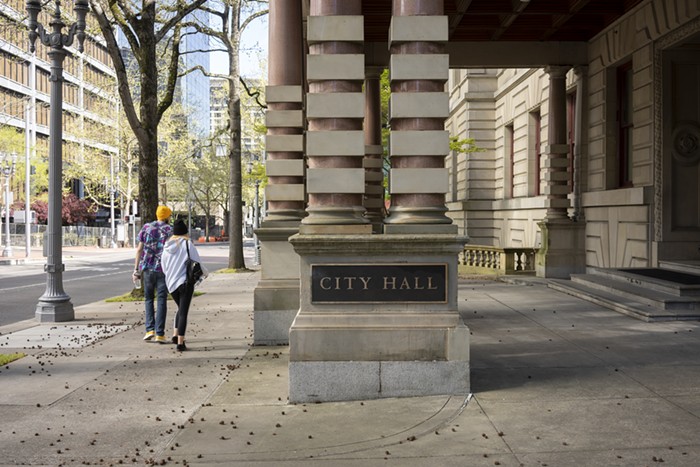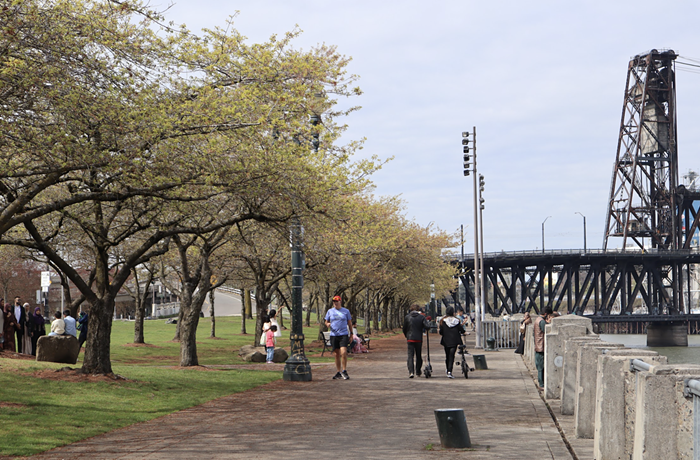In 2012, tiny Portland U-Brew (PUB), Sellwood’s brew-on-premise and homebrew supply shop, converted a homebrewer’s IPA recipe involving grapefruit peels into their Grapefruit IPA. It tasted like a grapefruit grove in a glass, but really, the puree of a single grapefruit was added to a 1.5-barrel batch of Cascade-hopped IPA to accentuate Cascade’s grapefruit pith notes. Since then, a citrus tsunami has swept over the entire craft brewing industry.
It’s improbable that brewers everywhere bee-lined into PUB for a taste, but months after I tried it there, Widmer Brothers released Shaddock IPA during 2012’s Rotator Series of progressive IPAs. Instead of using classic Cascade, Widmer used an experimental hop varietal on the verge of taking over the beer industry: Citra. Widmer still referred to it by its pre-patented numerical name, X-114.
Commercially, Shaddock IPA busted. It was tasty as hell, but people weren’t ready for it. When the calendar struck 2013, a then-independent Ballast Point Brewing unleashed an iteration of their wildly successful Sculpin IPA called Grapefruit Sculpin. The industry hasn’t been the same since. This year, market research group IRI started tracking sales of “Fruit IPA” as a “micro style” because they recognized a juggernaut.
Fruit IPAs made with non-citrus fruits don’t hold the same appeal, despite the move from citrusy hops to ones that throw tropical fruit flavors and aromas. Samuel Adams’ Rebel Grapefruit IPA outsells its Rebel Mango IPA 27 to one. Of IRI’s top 25 sellers nationwide, 18 feature citrus fruits such as grapefruit and orange. And three are brewed in Oregon: BridgePort Candy Peel IPA, Ninkasi Hop Cooler, and Coalition Space Fruit IPA.
There’s such a gold rush in citrus IPAs, brewers are seeking to differentiate their riffs any way possible. Instead of orange IPA, it’s blood orange IPA. Not lemon peel, but Meyer lemon peel. IPAs are dosed with everything from tangelo zest to kumquat peel to pureed Buddha’s hands.
So how much of this move is reactionary? How much is pure marketing?
Around Oregon, the response to Grapefruit Sculpin started with Hop Valley Citrus Mistress in late 2013, three years before they sold to MillerCoors. Lompoc’s excellent Pamplemousse arrived mid-2014. Ninkasi introduced Hop Cooler, an IPA with tangerine, grapefruit, and orange peel in 2016, around the time Worthy joined citron sexy-time with Kama Citrus. Hopworks just dropped Ferocious Citrus IPA. The label depicts a tiki version of the yeti from their popular Abominable Winter Ale, with grapefruit slices for eyes. HUB spokesperson Eric Steen says, “We kicked around calling it Summer A-bomb or Tropical A-bomb, but we can’t call it Abominable if it doesn’t start with Abominable’s liquid.”
I struggle calling this a “reaction,” because Portland’s been doing fruit IPA since at least the inaugural Portland Fruit Beer Fest in 2011, when Alameda made an imperial IPA dry-hopped with huckleberries and Breakside made a mango IPA. And, as noted, PUB and Widmer had IPA’d with grapefruit earlier, but weren’t financially rewarded like Ballast Point.
Worthy’s brewmaster, Dustin Kellner, says, “I feel like people are really gravitating toward beer that doesn’t taste like beer, and that’s a little hard to get behind.” He then noted, “Citrus flavors in IPA aren’t a stretch...Our intention [for Kama Citrus] was to be a subtle complement to the hop flavors.” Many others I’ve tried clearly intend to be a mimosa or greyhound in beer form.
At Hopworks Urban Brewing (HUB), brewer Trever Bass explains that Ferocious Citrus—marketed as a “hazy and crazy IPA showcasing a citrus bouquet”—is a reboot of HUB’s retired Pig War White IPA. Pig War boasted wheat haze well before the industry went bonkers last year by emulating hazy New England-style IPAs. But because it was pre-haze-craze, what it offered in turbidity it lacked in sales. As such, Bass calls Ferocious “Pig War 2.0,” with “a small amount of Ruby Red grapefruit and late addition hops (Amarillo, Citra, Cascade). If you took the grapefruit out you wouldn’t even notice much.” The IBUs dropped from Pig War’s 65 to 40 for Ferocious, more in line with millennial IPAs.
Across town at the Widmer Brothers pub—where former HUB brewer Tom Bleigh now mans their Innovation brewery—nine of the 24 taps are various IPAs. There’s a New England IPA, of course, but also what I’ll call a Japanese IPA since it’s fermented with sake yeast. There’s a citrus IPA made with kumquats (even if I didn’t notice any ’quat character). And there’s the amazing BRU-tylicious imperial IPA brewed collaboratively with Inglewood’s Three Weavers Brewing, spotlighting the new BRU-1 hop that smacks of pineapple. It’s the best IPA I’ve had in months.
Its pineappliness makes Bleigh smile. He’s acutely aware that although brewers are scrambling to make fruit-forward IPAs that could pass for Capri Sun, a beer brewed to Reinheitsgebot—the German Purity Law that dictates adjuncts like fruit are verboten—can taste juicier than one with real fruit. “Sometimes you can get more citrus notes in beer that’s hop-derived than from using juice,” says Bleigh, who acknowledges hitting his batches with juice, puree, peels, and concentrates. “I think we’re all on a quest to create something complex. In terms of layering... citrus can give you more flavor and maybe a more holistic expression of what your aspiration is.”
